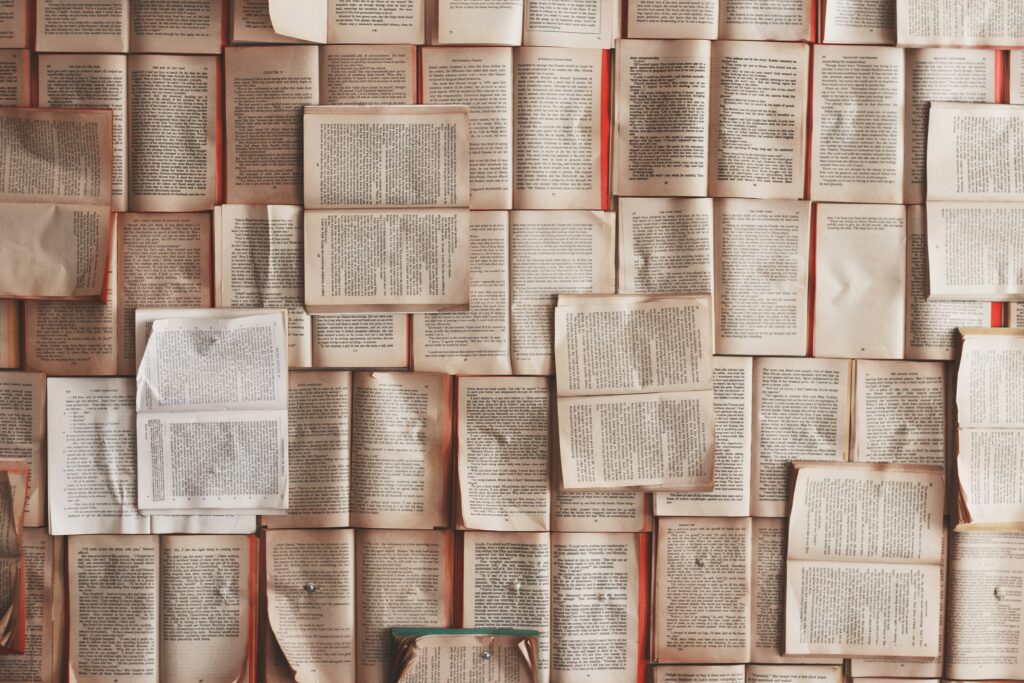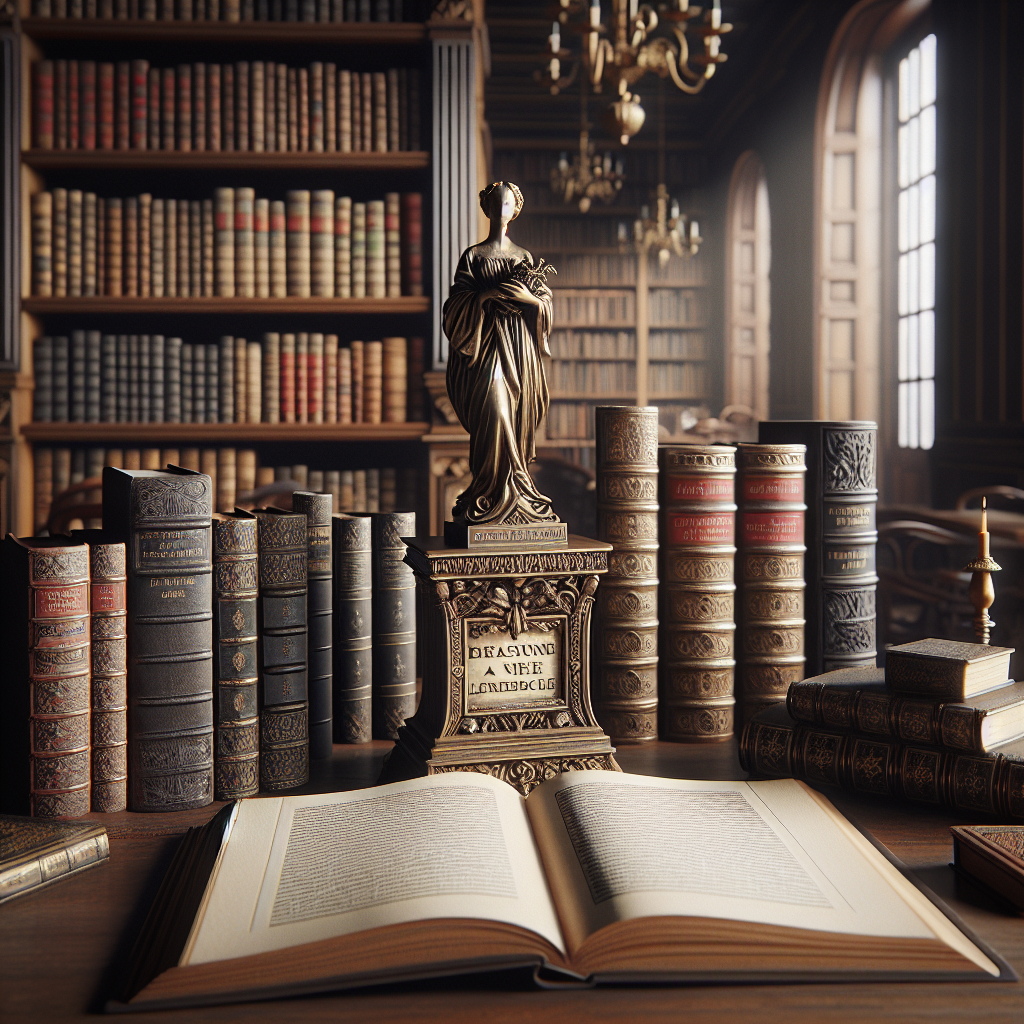Evaluating Antique Books
When you’re into old book collecting, figuring out what makes an antique book precious boils down to a couple of big things: how rare it is and why it matters in history. Don’t forget to look out for the scribbles of famous authors, too—they tell a tale of their own.
Rarity and Historical Significance
Antique books, which usually hail from way back in the 1800s, aren’t just valuable because they’re old. There’s treasure to be found in their rarity and what they tell us about history. Those first editions or books that were printed in tiny numbers are the real gold mines for collectors.
Folks collect these books for their special peeks into the past and big events. If a book’s rare, it’s got something worth holding on to.
| Factor | Description |
|---|---|
| First Editions | Pricier because not too many were made. |
| Limited Editions | Short print runs make them collector’s items. |
| Historical Context | Tied to important events or people from the past. |
Author Signatures and Authenticity
Snagging a book with the author’s autograph? Now, that’s something. It doesn’t just prove the book’s who-from and where, but it adds a special something collectors love. The value of a book can jump up based on how the signature looks, where it’s found, and if it’s a special edition. Signed rare books offer neat clues about who might’ve owned the book before, making them stand out even more among collectors (Britannic Auctions).
Building up a set of signed first editions gives your collection character. Want to start your own hunt? Check out our page on signed first edition books.
When checking out antique books, don’t just look at how rare or historically meaningful they are. Blend in the author’s signature as well. This approach makes your collection shine with both vintage charm and literary significance. Need more help? Get in touch with rare book dealers or explore rare book appraisal options to get the scoop from pros.
Factors Affecting Book Value
Stepping into the age-old hobby of old book collecting, it’s an art to grasp what makes those antiques tick in terms of worth. Right at the top of the list are how well the book has weathered the years and the fancy looks of its binding material.
Condition and Preservation
A book’s condition is the deal-breaker in its price tag adventure. When a book’s kept in top shape, it draws collectors like ants to a picnic because it still rocks the original look and feel. Things that mess with a book’s value are ugly covers, those missing protective jackets, torn pages, and leftover lunch stains. According to Britannic Auctions, babying those books can bump up their selling price and ensure they stick around longer, given the right tender loving care.
How you store these treasures really matters. Keeping books away from dust and in a place where the moisture level doesn’t hit 60% helps stop mold and rot dead in its tracks. Here’s a quick list on how different issues mess with a book’s status:
| Condition Issue | Impact on Value |
|---|---|
| Grubby Covers | Slashes value a lot |
| No Dust Jackets | Chips away at resale value |
| Torn Pages | Big hit to worth |
| Moldy Edges | Scares off buyers |
| Stains & Spills | Kills looks and value |
Binding Material and Aesthetic Appeal
The stuff that wraps an old book up matters a whole lot, too. Those little extras like embossing, shiny touches, and fancy designs boost both the book’s looks and what it’s worth on the market. Collectors are like magpies for books with dressed-up or exotic bindings since they show off the skilled handiwork and the story’s importance over time.
Here’s a rundown of binding materials and their wow factor on looks:
| Binding Material | Aesthetic Appeal | Common Problems |
|---|---|---|
| Leather | High | Cracks, fades |
| Cloth | Medium | Stains, frays |
| Paper | Low | Gets hurt easy, not tough |
| Decorative Boards | High | Prone to wear |
Books with top-notch binding not only look better but stand tall against Father Time if you treat ’em right. Folks often turn to rare book dealers and join rare book auctions to snag jaw-dropping editions that have these desired traits. Knowing these bits helps collectors enjoy and figure out how much their old and unique book trove is really worth.
Collecting Rare Books
Jumping into collecting rare books opens a portal to the past where you can almost hear the whispers of history. Enthusiasts find themselves not just gathering books, but embarking on a time-traveling escapade, uncovering stories forgotten by many except the pages they reside within.
Thrill of Literary History
What gives a rare book its charm isn’t just the tight binding or the faded pages, but the stories they whisper and the paths they’ve traveled to reach your bookshelf. Holding a rare book feels like a handshake with the past. The sensation of turning those delicate pages and the aroma of aged paper yank you deeper into the stories and eras that came before the screen-dominated days (BBC).
Collectors see each book as more than just a read; every addition could have tales of its previous keepers, the journey it undertook, and the world from which it stemmed. This makes collecting books akin to detective work, piecing together the lives and times of the authors and the eras their works sprang from.
Collectibility Factors
So, what makes a book a must-have? It’s not just about how many copies still linger in the wild. A book’s worth is also wrapped up in who wrote it and the artistry wrapped within its covers, alongside its physical quirks and distinctiveness.
| Collectibility Factor | Description |
|---|---|
| Rarity | How hard (or easy) it is to score a copy |
| Subject Matter | Themes that reel in collectors with niche interests |
| Author | Fame and renown can bump up a book’s allure |
| Illustrator | Eye-catching art can make books stand out |
| Physical Attributes | Unique bindings or cover designs add flair |
Books come with an added sprinkle of value if the author has left their autograph, especially in hard-to-find editions (Britannic Auctions). Sometimes, the later editions are the real show-stoppers. Take the 1607 edition of William Camden’s Britannia – it’s got maps galore and demands way more (five to ten times more!) than the plain original 1586 version.
Sifting through these factors helps collectors not only stack their shelves with treasures but also fuels their literary love affair. For many, the constant hunt in the rabbit hole of rare book dealers is proof that they’re living the dream, page by page.
Desirability of Editions
The way folks see a book’s charm often comes down to whether it’s a first edition or a later one. First editions have been all the rage among collectors for ages, but don’t be fooled—later editions can hold their own due to some appealing traits.
First vs. Later Editions
First editions are like the debut album of your favorite band—original and historically cool. They mark the book’s first time stepping into the limelight, making them trophy pieces for rare book collectors. But hold on a minute—sometimes later editions sneak by with extra goodies like new content, nicer illustrations, or just a better overall package.
Take, for instance, William Camden’s Britannia. The 1607 version, jam-packed with 57 maps, can cost five to ten times more than the map-less 1586 first edition (BBC). It proves that going for first editions like a mindless robot isn’t the way—later editions can have zesty improvements boosting their appeal.
| Edition Type | Characteristics | Price Range |
|---|---|---|
| First Edition | Debut performance, often the rock stars | Prices are sky-high typically |
| Later Edition | Sometimes comes with extra fun bits | Might be pricier in specific scenarios |
Shakespeare’s Third Folio Example
Check out Shakespeare’s Third Folio from 1663—it’s one of those later editions that’s got collectors buzzing. It got its star status because a chunk of the unsold copies went up in flames during London’s Great Fire in 1666. Due to this fiery mishap, snagging a Third Folio is like finding treasure; one even went for a cool $374,500 in 2012. Contrast that with the Second Folio from 1632, which might go for a mere $25,000 (BBC).
The Third Folio’s price tag shows how twists of fate, along with different edition features, can crank up a book’s market value. Collectors are often on the hunt for these one-of-a-kind finds—not just for their words but for the riveting stories behind them.
Grasping what sets first and later editions apart is like having a secret map for old book collecting. It ensures you’ve got your wits about you when picking out gems to add to your bookshelf.
Caring for Rare Books
Part of the magic of collecting those old treasures we call books is knowing how to treat them right. Keeping them in mint condition can really up their value and attractiveness to fellow book lovers.
Importance of Keeping Books in Tip-Top Shape
Books from yesteryear can be worth a pretty penny if they’ve been kept in good shape. Who wouldn’t want a book that looks like it just jumped off the printing press? Those grubby covers and dog-eared pages? Not so much. Here are some things that can rain on your book parade:
| Condition Issue | Why It Matters |
|---|---|
| Dirty Covers | Makes ’em look shabby |
| Lost Dust Jackets | Lowers their collectability |
| Torn Pages | Hurts the book’s soul |
| Moldy Edges | Risks the book’s durability |
| Blunt Corners | Messes with the look |
| Food Splotches | Shows bad upkeep |
Keeping your books in primo shape means they’ll not only fetch a nicer price but they’ll also stick around longer. So, it’s pretty darn important to treat them with care.
How to Store and Look After Your Books
Let’s chat about how to keep those precious old books alive and kicking:
- Keep It Cool and Dry: Aim for a spot where the humidity never tops 60%. This stops all that nasty mold and keeps the pages fresh.
- Stay Dust-Free: Give your storage space a clean sweep regularly to keep dust from settling on your books like an uninvited guest.
- Use Covers and Boxes: Slip those prized books into slipcases or stash them in archival boxes. It’s like adding an extra line of defense against all the things that can mess them up.
- Stand Tall: Arrange your books vertically and don’t cram them together. This prevents them from bending or snapping in all the wrong places.
- Mind the Temperature: Skirt around sunlight and heat sources. Nobody wants a faded, crispy book!
By showing your books a little TLC through these methods, they not only hold onto their charm and market value better, but they also shine brighter in the eyes of book dealers and collectors. Curious about figuring out the worth of your books? Look into some book appraising services—it might just open your eyes to some hidden gems.

